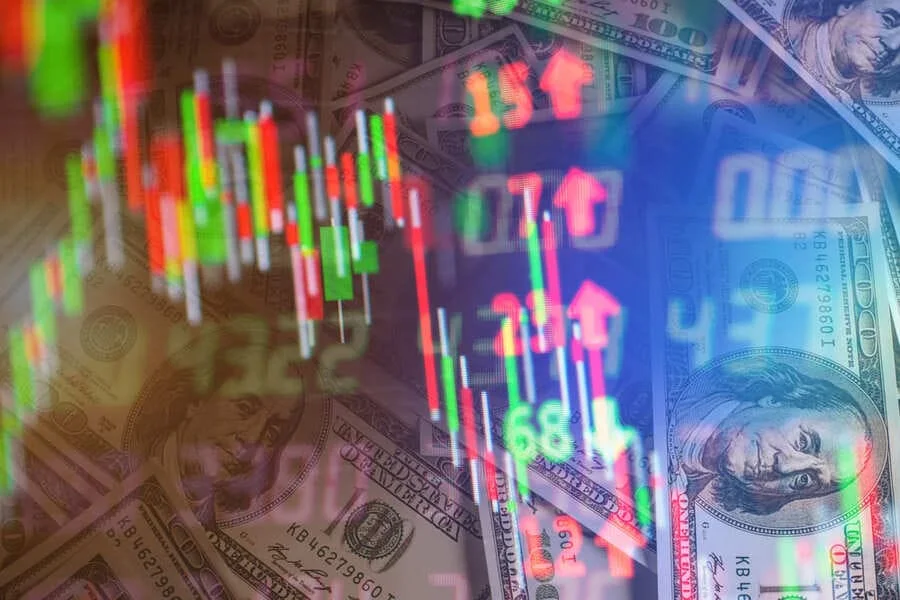GBP market
Yesterday’s focus in the GBP market was on UK labor market data and its implications for monetary policy and the pound. The release showed a softening in the labor market, with a decline in payrolled employees and an unexpected increase in unemployment. This data suggests that the anticipated slowdown in the job market and the UK economy may finally be materializing. If this trend continues in future releases, combined with expected inflation decreases, it supports the view that the Bank of England (BoE) will hold rates steady at its next policy meeting in June. Comments from BoE Governor Andrew Bailey later in the day may provide further hints in this direction. If data continues to underperform and the view for BoE hiking holds, it could put downward pressure on sterling in the coming weeks, leading to a retracement of recent gains against the euro and dollar.

EUR Market
In the euro (EUR) market, the currency experienced volatile movements without clear reasons. It rallied initially but sold off later in the day due to higher US Treasury yields and a stronger dollar. Today, the euro’s price action is likely to be driven by broader market flows, as it continues to trade within a specific range. The final eurozone CPI reading for April and speeches from ECB officials may have limited impact on market pricing, given recent inflation data and expectations for minimal revisions. Vice President Guindos’s speech at the IESE Banking Industry Meeting stands out as potentially impactful, given its focus on inflation’s impact on the banking sector.
USD Strength
The US dollar (USD) strengthened across the board yesterday, as markets remained focused on debt ceiling discussions. Progress was made, according to official statements, which provided some tentative optimism. Yields on 1-month Treasury bills fell slightly, but they remain elevated due to the potential default date. Core US retail sales met or exceeded expectations, while the NAHB housing market index and Fed officials’ comments further supported the dollar. However, the latest retail sales report was seen as less encouraging, as it indicated weak demand for core goods and falling sales volumes adjusted for inflation.

G10 Space
Currently, there is a bullish bias towards the USD in the G10 space, with the Kiwi dollar being the only currency trading marginally higher against the greenback. The Swiss franc, which was favored during the previous debt ceiling concerns in 2011, is trading flat. The USD’s strength is evident, but the DXY index has struggled to break its April high, and overall market movements have been limited. Tight ranges may prevail today, as political headlines subside and there is limited market-moving data on the economic calendar.


